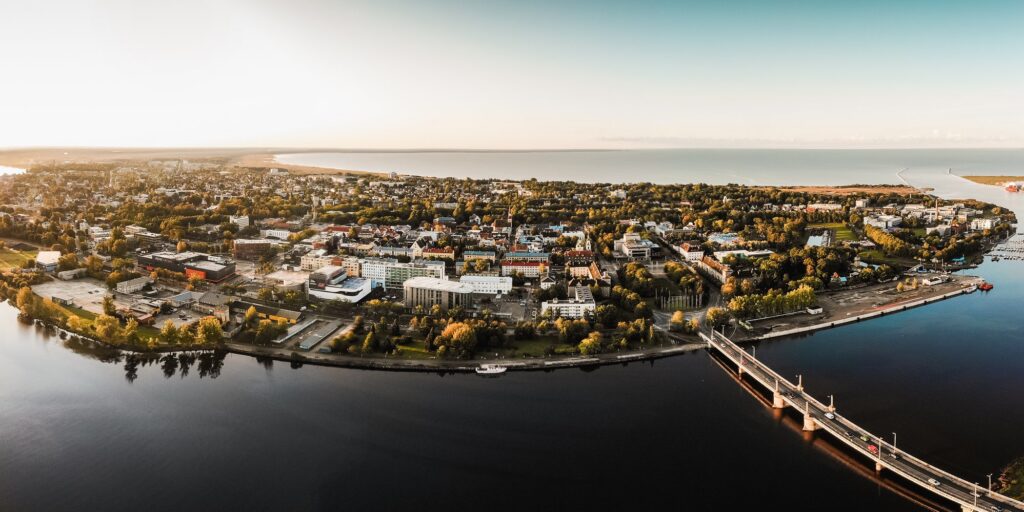Estonia may be small, but it’s rich in beauty – the kind that doesn’t demand attention, but rewards those who notice the details; from medieval strongholds and wooden spa towns to quiet lakeside retreats and lively cultural hubs, Estonia’s towns offer a rare blend of architectural depth, green space and a lived-in sense of history.
While Tallinn gets most of the attention, the country’s beauty is dispersed across the map – from island towns to hilltop ruins, fortress silhouettes to pastel-painted promenades. Here are Estonia’s ten most beautiful towns – and two honourable mentions – where built heritage, landscape and cultural character combine with quiet confidence.
10. Võru – southern geometry by a quiet lake
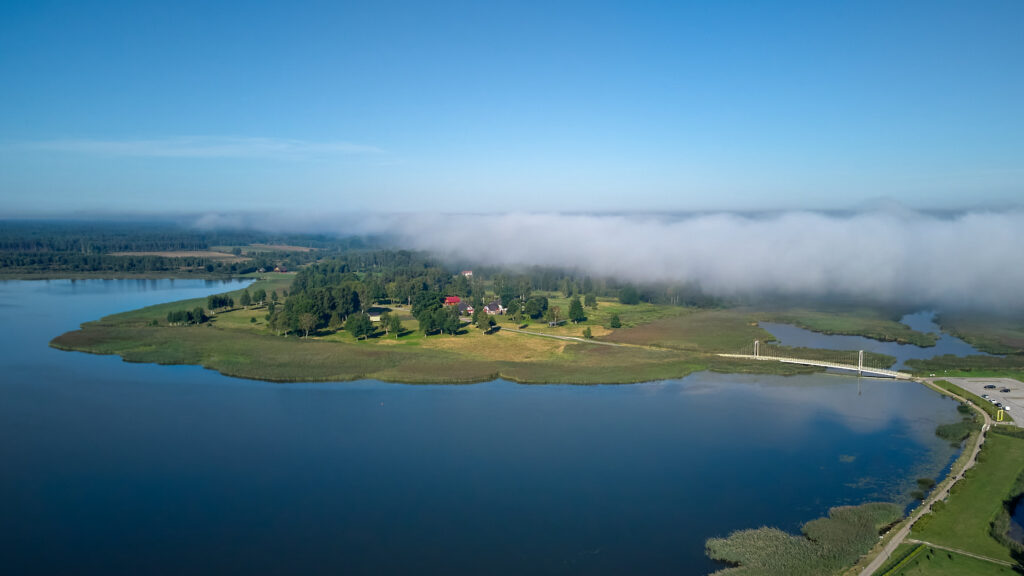
Founded in 1784 under the order of Catherine the Great, Võru was designed on a strict grid – rare in Estonia – with wide boulevards and open views. But what softens the structure is Lake Tamula, right at the edge of town, where a long wooden promenade invites both swimmers and sunset-watchers.
The architecture is mainly low-rise and wooden, echoing the rhythm of South Estonian life. At its cultural heart is the Võru Institute, which champions the local Võro language – one of Estonia’s regional identities that still flourishes here.
9. Rakvere – a fortress town with modern nerve
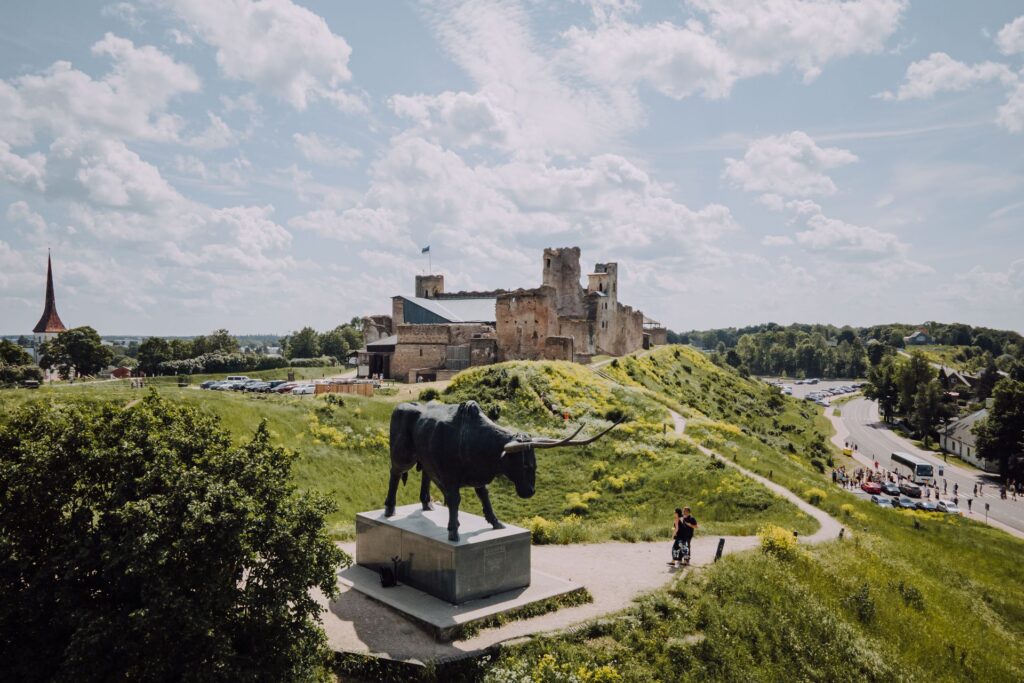
Rakvere is defined by its contrasts. Its medieval castle ruins sit high above the town – once a stronghold, now a dynamic public site. Below, the town has embraced bold public art (including its iconic bronze bull) and a town square redesigned with minimalist flair.
There’s a sense of experimentation here, from theatre productions to street festivals, but always rooted in its long, often dramatic, history. Rakvere doesn’t play by postcard rules – which is precisely its charm.
8. Tõrva – sandcliffs, water and quiet character
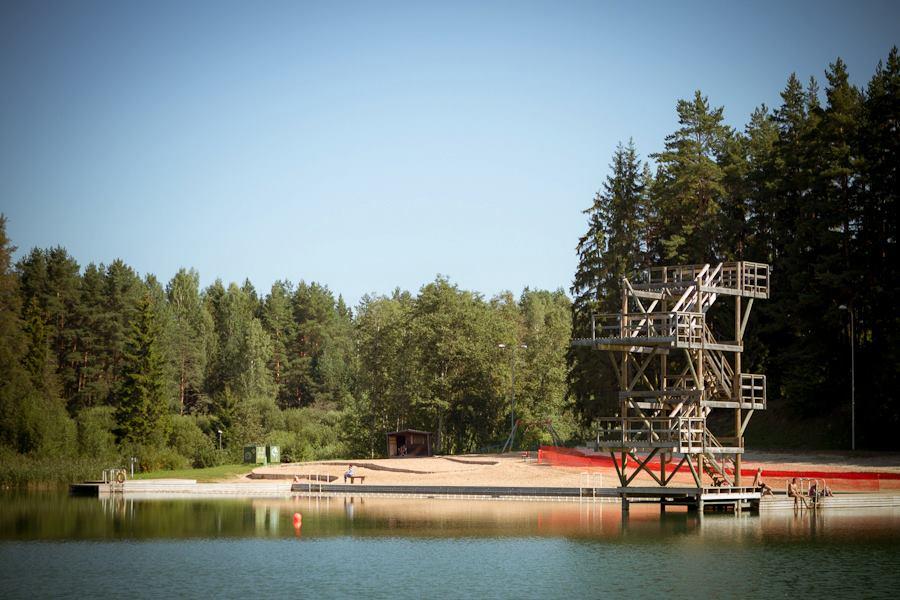
Tõrva might be one of the smallest towns on the list, but it holds its own in both natural setting and architectural atmosphere. The town is flanked by sandstone cliffs and bordered by lakes – Vanamõisa and Riiska – that create a distinctive rhythm to the landscape.
The recently renovated town square uses minimalist design to draw attention to its setting, while the sleek Tõrva Veemõnula spa complex offers views over water and forest. It’s a place where southern calm meets quiet confidence.
7. Otepää – Estonia’s hill country haven
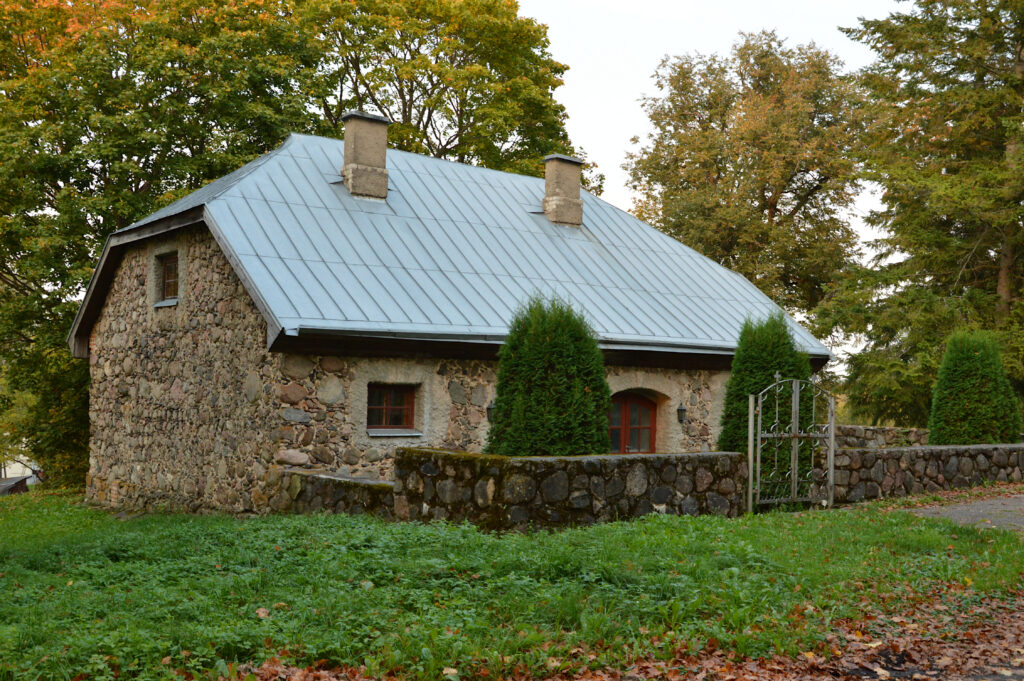
Otepää is known as Estonia’s winter capital – a centre for skiing and snow sports – but it’s just as beautiful outside of snow season. The hilly landscape is unusual in the otherwise flat Estonian terrain, giving the town a sense of altitude and outlook.
Pühajärv, the nearby lake, is one of the most picturesque in the country, surrounded by forest trails and sauna houses. The town itself mixes old churches, stone villas and new timber architecture, all set against the backdrop of pine trees and open sky.
6. Kuressaare – a fortress town by the sea
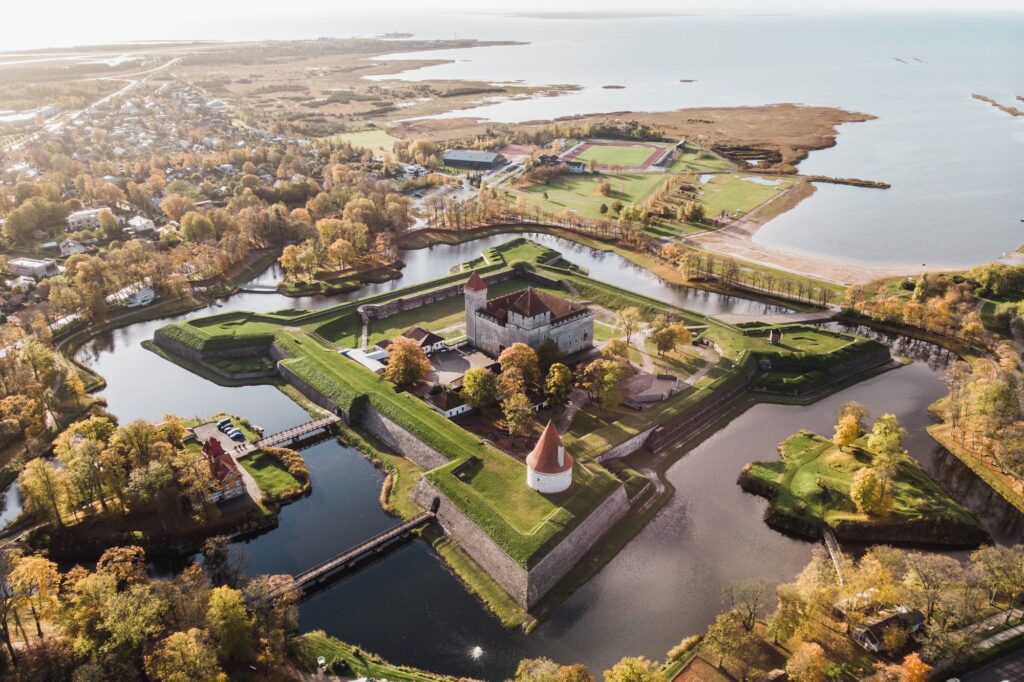
On the island of Saaremaa, Kuressaare centres around its perfectly preserved 14th-century bishop’s castle – complete with moat, towers and a peaceful park. The surrounding streets are lined with 17th–19th-century buildings, including the town hall.
Spa hotels in functionalist style face the sea, while the quiet pace of island life defines the mood. Whether exploring the castle walls, walking along the shoreline, or sipping coffee on the square, Kuressaare always feels quietly refined.
5. Viljandi – a hilltop town with a festival heart

Viljandi feels like the setting of a storybook – castle ruins atop a hill, a lake below, red roofs and winding paths in between. Once a stronghold of the Livonian Order, the ruined fortress now anchors a large park overlooking Lake Viljandi.
The suspension bridge over the valley has become an unofficial symbol of the town. Known as the home of Estonia’s folk music revival, Viljandi is also a showcase of wooden architecture, early 20th-century villas and a cultural rhythm that echoes through its theatres and festival stages.
4. Haapsalu – a seaside town with imperial echoes
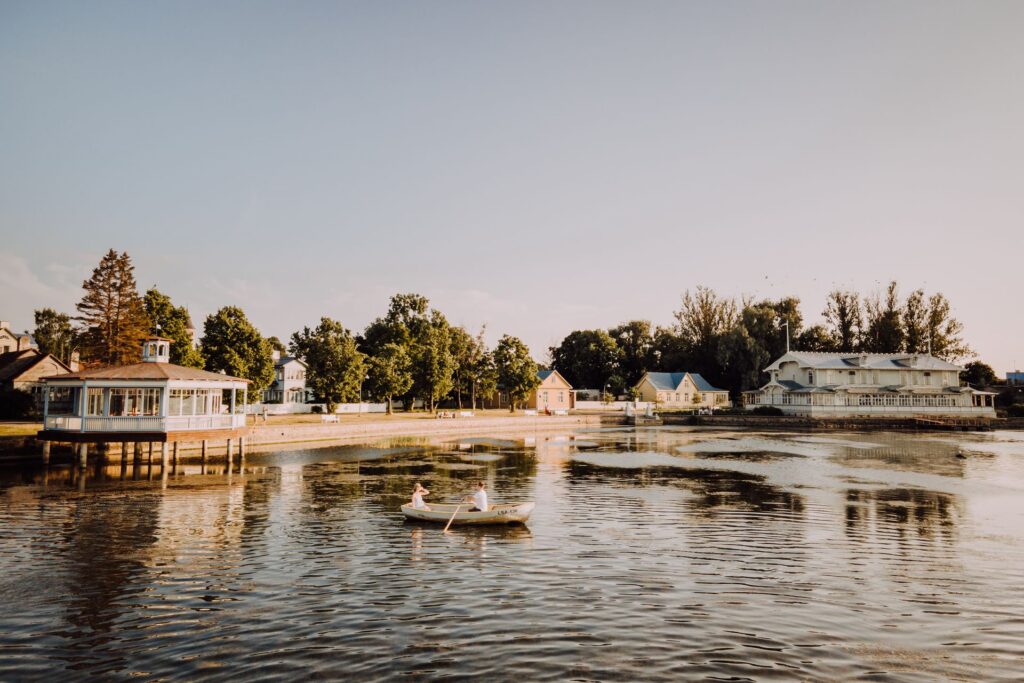
Once a favourite of the Russian tsars and composer Pyotr Tchaikovsky, Haapsalu still feels like a coastal retreat caught in time. At its centre are the imposing ruins of a 13th-century episcopal castle – now a venue for festivals, concerts and the city’s signature “White Lady” ghost legend.
Around it, wooden villas with ornate balconies and pastel colours tell the story of a 19th-century spa boom. The seafront Promenaad is perfect for long, romantic walks, with views across the bay and the scent of salt and lilacs in the air.
3. Tartu – Estonia’s intellectual and cultural soul
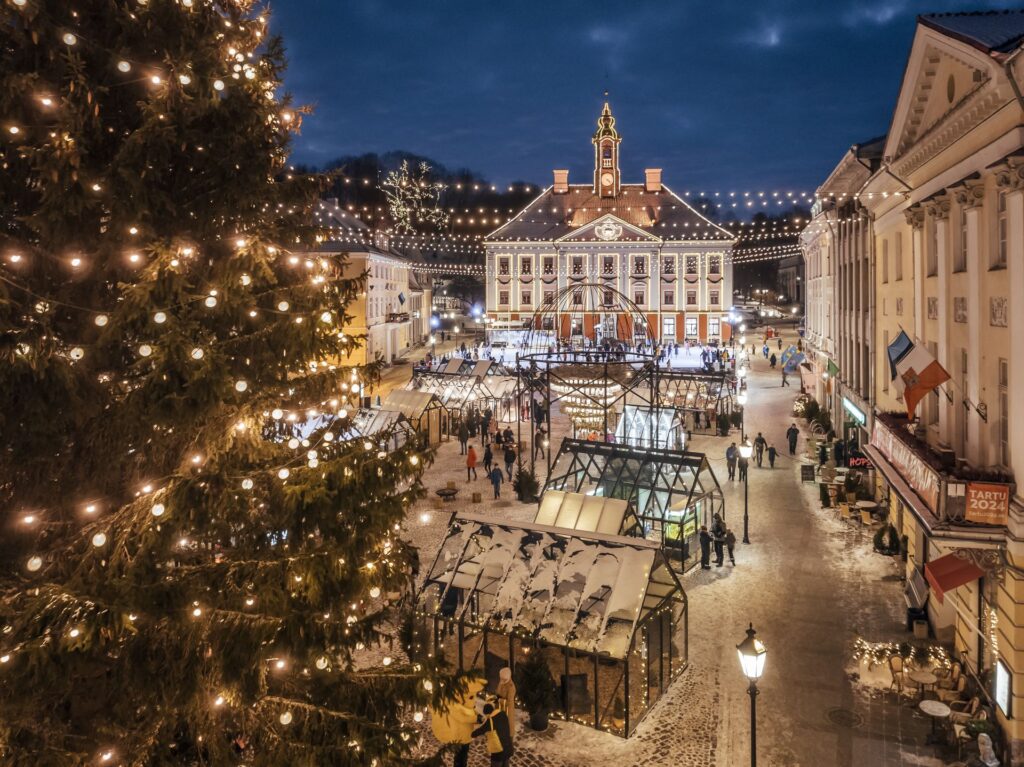
Tartu isn’t just Estonia’s second-largest town – it’s also where Estonian culture has often defined itself. The University of Tartu, founded in 1632, gives the town its neoclassical centrepiece, while the surrounding old town is full of pastel façades, cobbled squares and literary history.
Toome Hill, once the site of a bishop’s castle and later a cathedral, now hosts monuments, parks and university buildings beneath a canopy of trees. The Emajõgi River winds through it all, reflecting a town where knowledge, design and nature co-exist in harmony.
2. Pärnu – the seaside capital of leisure and light
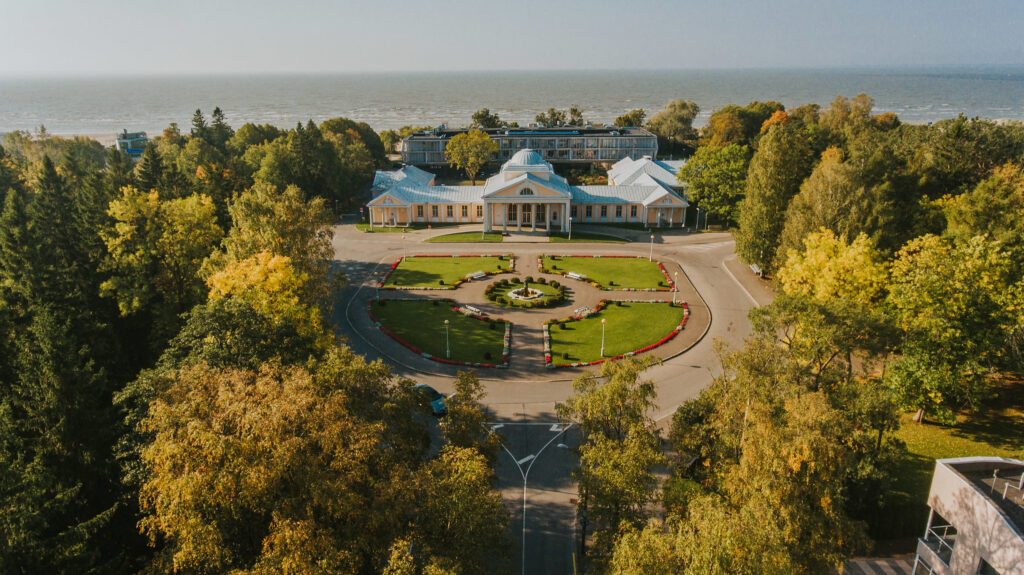
Pärnu has been Estonia’s summer capital for nearly two centuries, and the feeling remains. Its wide beach, lined with dunes and trees, is matched by early 20th-century spa architecture – including the iconic Mud Baths building, which blends Art Nouveau with functionalist curves.
Green space is woven throughout the town: Vallikäär park, the restored moat area near the old bastion, has become a cultural meeting point. Tree-lined avenues, low-key cafés and historic villas make this a town where architecture invites relaxation.
1. Tallinn – a capital of contrasts and continuity
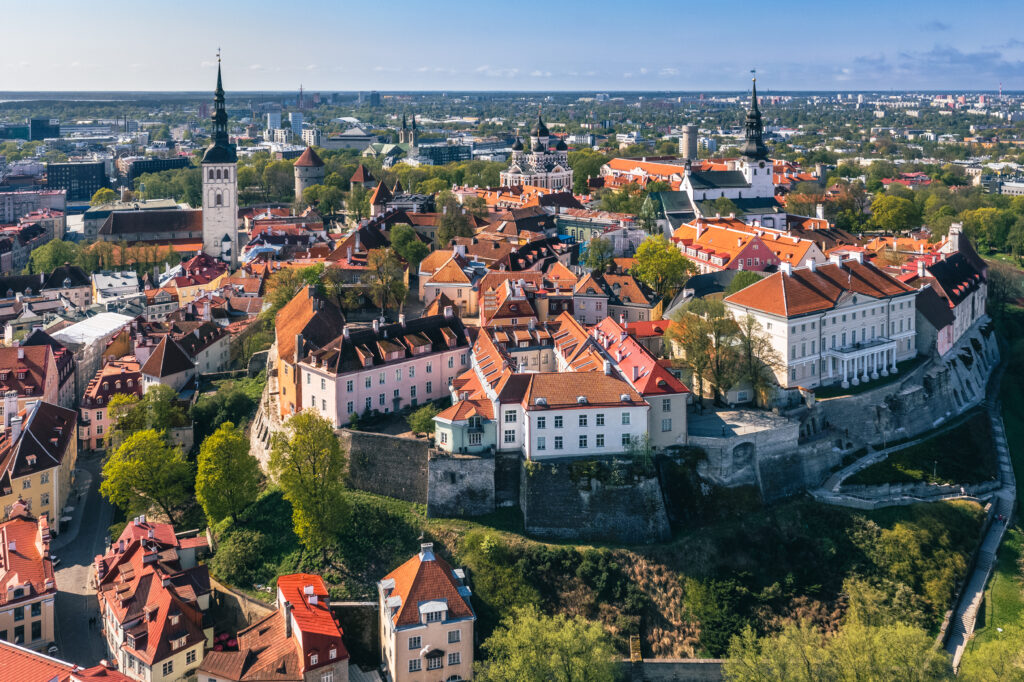
Tallinn’s old town is one of the best-preserved medieval centres in Europe – a walled maze of Gothic towers, cobbled lanes and merchant houses. But the capital’s beauty goes far beyond history. Kalamaja’s wooden architecture, Telliskivi’s creative energy, and Noblessner’s modern seafront all show a city reinventing itself without losing its foundations.
Parks, green boulevards and coastal paths are never far. From baroque palaces in Kadriorg to contemporary concert halls near the harbour, Tallinn brings centuries together – and makes it look effortless.
Honourable mentions
Elva – between the lakes and the pines
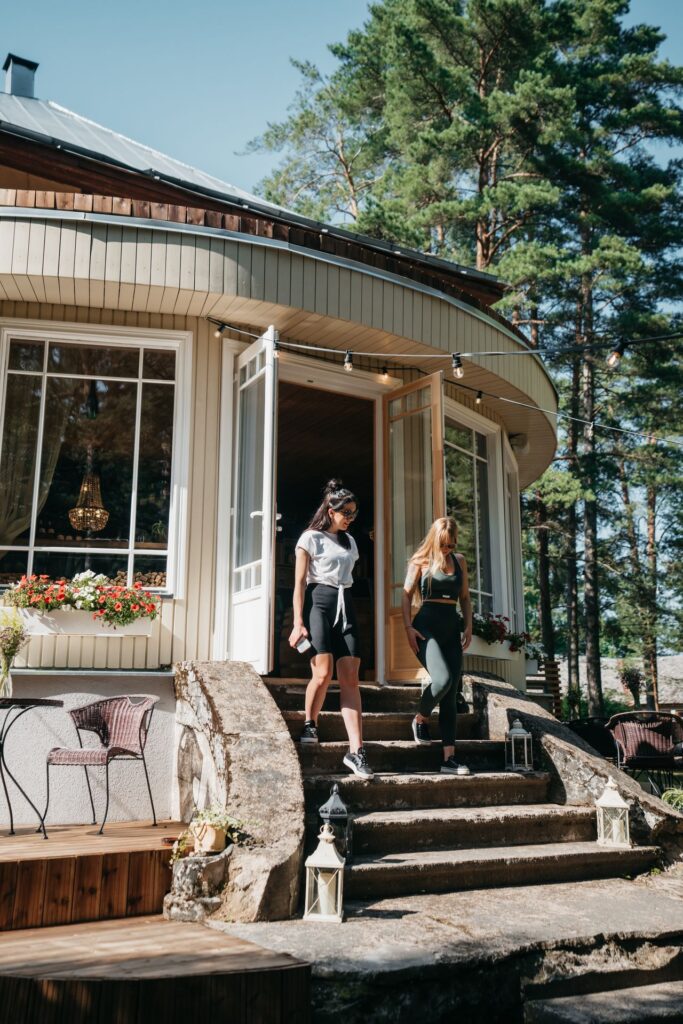
A small town with strong roots in Estonia’s railway era, Elva is framed by forest and water. The early 20th-century wooden station still stands, and the town drifts naturally toward Lake Verevi and Lake Arbi. It’s more retreat than metropolis, with charming villas, peaceful walking paths, and the kind of quiet that belongs only to pine-covered towns in southern Estonia.
Narva-Jõesuu – at the edge of the sea and history
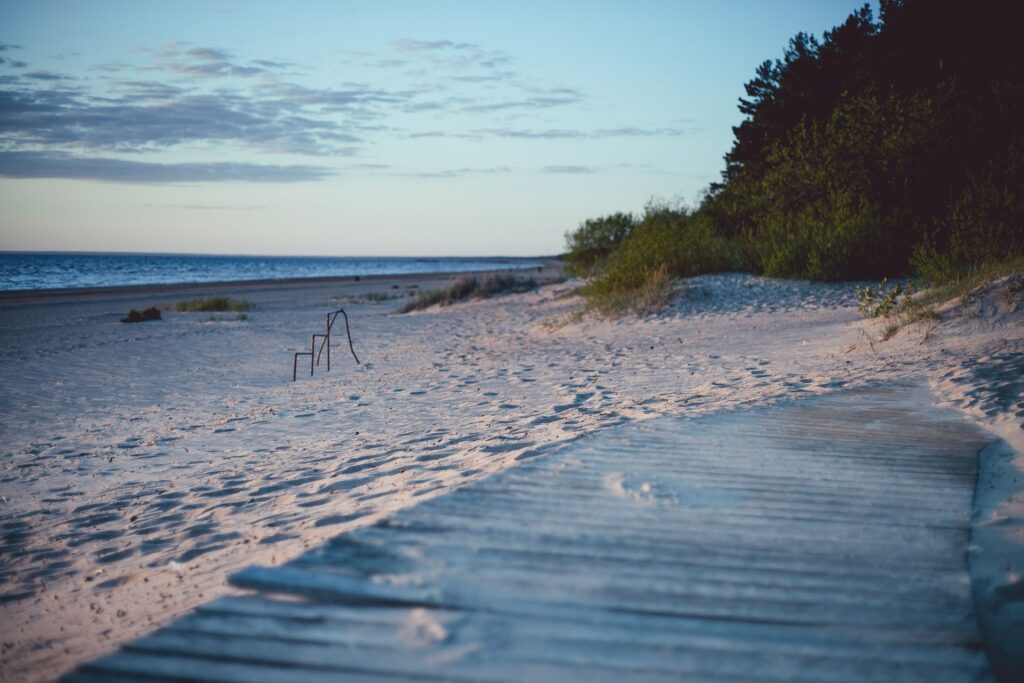
Near the border with Russia, Narva-Jõesuu was once known as the “Nordic Riviera” – a beach resort favoured by the Russian aristocracy. Its 13km stretch of white sand is backed by dense pine forest and the remnants of old sanatoriums, some beautifully restored, others faded but still standing. It’s a town of liminal beauty – between river and sea, Estonia and Russia, memory and modernity.

